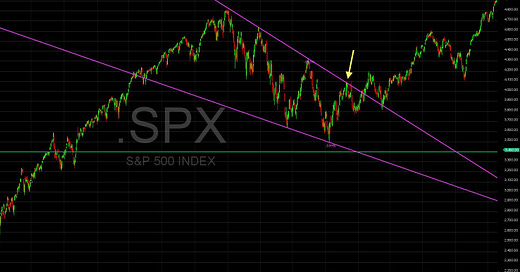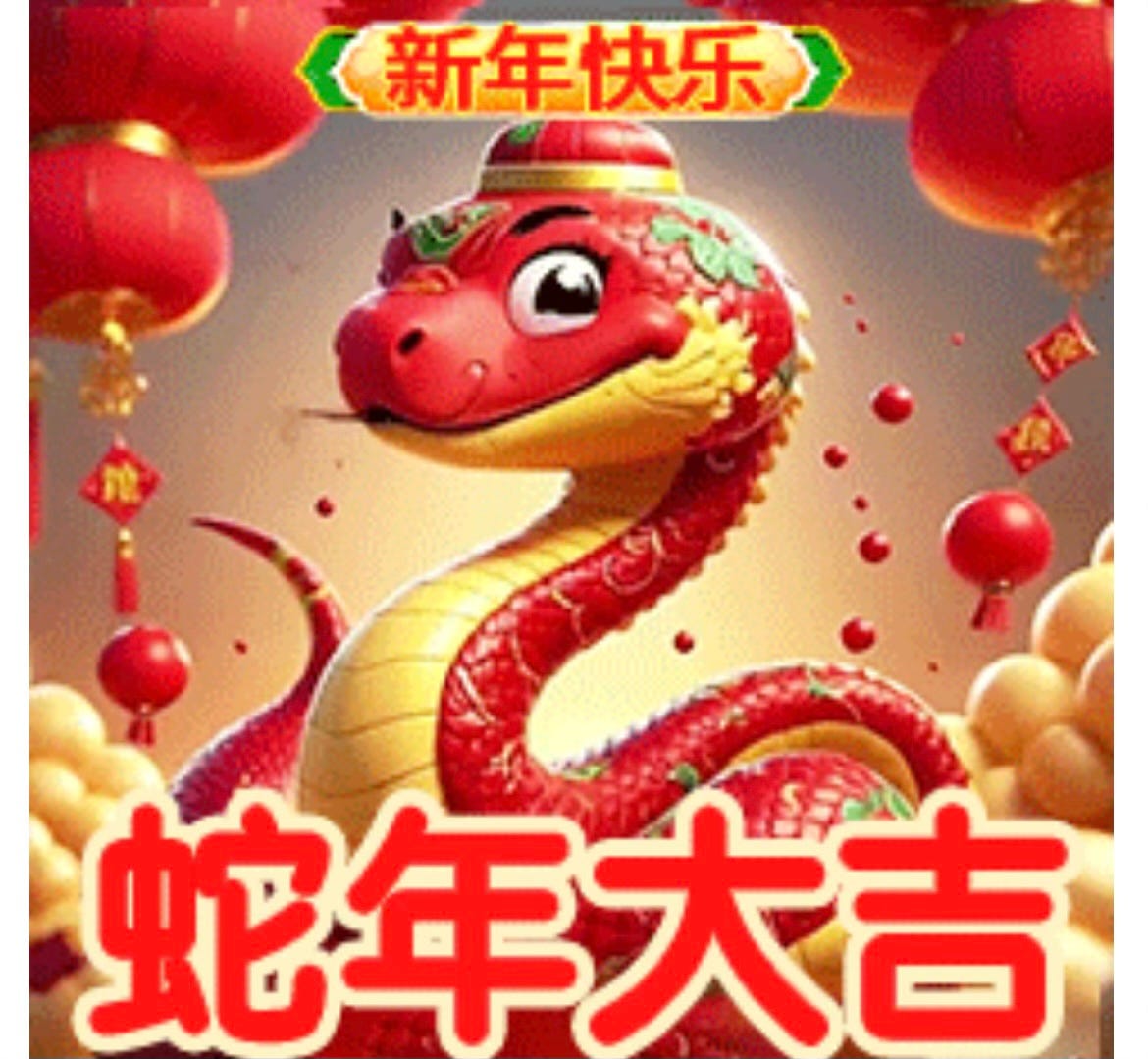Fauxhawks
In financial markets, “bond vigilantes” are traders who either sell or refuse to buy a nation’s sovereign debt—like United States Treasuries—as a protest against what they see as a country’s irresponsible fiscal policies. If they don’t like what a government is borrowing money for, they can make it more expensive to do so by demanding higher interest payments.
It may sound complicated but “bond vigilante” is basically a sexier name for a deficit hawk, which is crazy because balanced budgets and birds of prey are both already extremely sexy.
What allows these credit crime-fighters to use their selling activity to teach lessons to naughty governments is the perception that the bond market has the ability to send signals about the future, like a trillion-dollar Ouija board or a ghost who was murdered by an economist. Just today, there’s an op-ed in the New York Times titled, Listen to the Bond Market, Because It’s Flashing a Warning.
Think of the bond market as your passive-aggressive in-laws asking just what it is you’re planning to do with that degree in folklore and mythology. The stock market tends to much more direct, more like your uncle, who tells you to stop reading about ancient spiders who caused great floods and that’s the story of where rivers come from and to get an actual f***ing job.
This week it was the stock market, not bond traders, who were sending a not-so-subtle message. When news broke on Sunday night that a Chinese AI program called DeepSeek could, in fact, do AI, investors in the stock market started selling. In theory, when a stock goes down, investors, like your uncle, are expressing a simple opinion: this company is not going to make as much money as I thought. The fact that so many stocks went down on Monday simply reflected how dependent the future prospects of so many companies are on AI.
The promise of AI has been a major factor—likely the major factor—in the enormous market gains of the last two years. When ChatGPT was unleashed on the world on November 30, 2022, we were eleven months into what turned out to be a lousy year for the market: the Federal Reserve was raising interest rates to fight inflation and the S&P 500 ultimately fell more than 20%—its worst annual performance since 2008, a year so bad for the market they made a movie about it. The most important companies did even worse.
TSLA: ⬇️ 68%
META: ⬇️ 64%
NFLX: ⬇️ 51%
AMZN: ⬇️ 50%
GOOG: ⬇️ 39%
AAPL: ⬇️ 27%
Also down 51% in 2022 was Nvidia, which hadn’t yet joined the club that would soon be called the Magnificent Seven—named after a classic Western movie about, you guessed it, vigilantes.
What allowed NVDA to crash the group of stocks previously known as FAANG, named after vampires who were presumably also vigilantes? It was the release of ChatGPT—and the AI industry’s subsequent demand for Nvidia’s chips.
Take a look at a chart of the S&P 500 over the last five years. It’s not as spooky as a prophecy whispered by a phantom bond trader but it’s a lot clearer.
That pink line at the top is what you’d call resistance—as of November 30, 2022, the market had not traded above that line for the entire year. As you can see, it’s sloping downward, so the trend was negative. Now see that yellow arrow? That’s where the market first peeks its little head above that pink resistance line. That breakout occurred on December 1—the day after ChatGPT was released.
It took a little while to officially reverse the downward trend, but from the opening of the market on November 30, 2022 to the close last Friday, January 24, the S&P 500 was up 54%, not including dividends.
Clearly, any threat to the multinational megacorporations of the Magnificent Seven is a threat to a market that’s pumped up 401(k)’s and transformed millionaires into billionaires and billionaires into Marvel supervillains.
As people who can’t speak Chinese love to confidently say, the Chinese word for ‘crisis’ means ‘danger’ plus ‘opportunity.’ As bond vigilantes know well, a crisis in the market can be an opportunity to send a warning. The maximalist corporate libertarians in our own government aren’t about to miss this 危机.
David Sacks is the Trump administration’s new “White House AI and Crypto Czar,” which sounds only slightly more real than Secretary of Computers. The executive order he references, “Safe, Secure, and Trustworthy Development and Use of Artificial Intelligence,” has apparently “hamstrung” the tech industry by promoting radical ideas like, “Americans' privacy and civil liberties must be protected as AI continues advancing,” and making reckless promises that the government “will enforce existing consumer protection laws and principles and enact appropriate safeguards against fraud, unintended bias, discrimination, infringements on privacy, and other harms from AI.” It’s enough to send up a shiver up all of our hamstrings.
In the context of a major market meltdown, Sacks’ message is clear: Don’t try to regulate the tech industry or, well, look at what could happen in the stock market. Chinese AI poses a threat—but to the Sacks’ of the world, the real ‘danger’ in this crisis is our own government.
For all the supposed China hawks populating the current administration, China is often actually incidental to their core political philosophy: that we should let American corporations do whatever they want. (Does the title of this piece make sense now?)
If the American people want their retirement accounts to keep going up, we’d better hand the keys to our country over to a bunch of companies that will then toss them to a driverless car that may run us over while trying to make an illegal left turn.
None of this is new. When Sacks writes that the “AI race will be very competitive,” the competition he’s describing isn’t between the United States and China, exactly. It’s between American corporations and everyone else—including, often, American workers. It’s easier, or at least more politically palatable, of course, to blame China for our country’s problems than it is to hold American corporations accountable for their actions.
For example, what do we mean when we say that China took American jobs? It’s more precise to say that the Chinese government created incentives—many of which we might not like and/or may find discordant with American values—for American corporations to take jobs from Americans and give them to workers in China.
The largest apparel maker in the world, Nike, started manufacturing in China in 1981 and never looked back. Offshoring manufacturing to Asia was so successful that the entire industry followed suit.
Walmart is the world’s largest retailer and the world’s largest company in the world by revenue. One study from 2015 estimated that Walmart alone accounted for shifting 400,000 American jobs to China. It’s not just Walmart: today, an estimated 70% of the products sold on Amazon are produced in China, including 100% of the Halloween costumes my kids have ever worn.
And, of course, there’s the world’s most valuable company, maybe ever, Apple. Apple started manufacturing in China in 2001. It’s now estimated that “93% of iPhones are built in China.” The fact that Apple produces barely anything in the United States always brings to mind this exchange from a 2014 interview with Ralph Nader.
Ironically, letting American tech corporations run free doesn’t always lead to better products. Meta and Google get to do pretty much whatever they want and they still couldn’t make a better product than TikTok. We could remove every guardrail imaginable, and ChatGPT could still turn out to be Reels.
By the end of Tuesday, the broader market had already recovered a lot of the losses from the DeepSeek selloff, but Chinese AI isn’t going away—just today, Alibaba released its own AI model—and its emergence, though a surprise to nobody who’s been paying any attention, may indeed be an ongoing crisis for American tech companies.
So, yes: the real danger to our country is not China, necessarily, it’s our government using China as an excuse to mimic a form of state-sponsored surveillance capitalism that favors businesses with close ties to the ruling regime. (Hi, Elon!)
It’s going to be a bumpy ride. We’d all be wise to take a lesson from this cartoon snake.
I can’t read Chinese but I think he’s saying, “The square root of crisis is opportunity divided by danger.” Either that, or “Happy New Year.”







